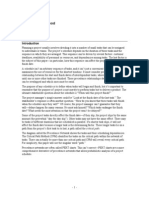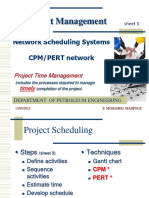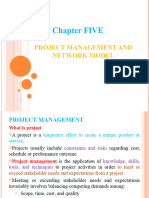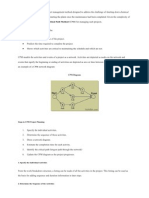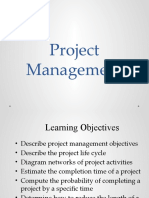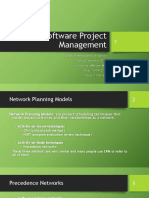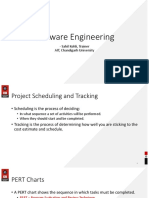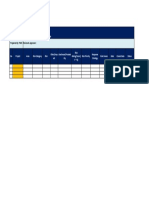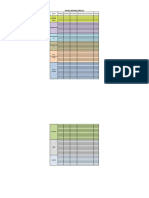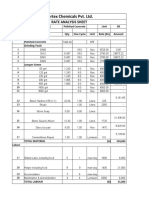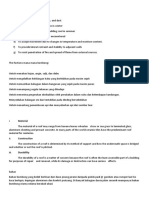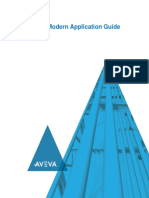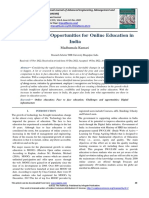0% found this document useful (0 votes)
83 views19 pagesModule 6 - Network and CPM
This document discusses network analysis and the critical path method for project scheduling. It covers breaking work packages into activities, sequencing activities, determining durations, and calculating the critical path. The critical path method uses precedence diagrams and calculations to determine the earliest and latest start and finish dates for each activity in order to identify the longest path through the project and calculate float. Calculating the critical path and float is an iterative process that involves adjusting activity relationships and durations to meet a target project completion date.
Uploaded by
Rana Ahmad AamirCopyright
© © All Rights Reserved
We take content rights seriously. If you suspect this is your content, claim it here.
Available Formats
Download as PDF, TXT or read online on Scribd
0% found this document useful (0 votes)
83 views19 pagesModule 6 - Network and CPM
This document discusses network analysis and the critical path method for project scheduling. It covers breaking work packages into activities, sequencing activities, determining durations, and calculating the critical path. The critical path method uses precedence diagrams and calculations to determine the earliest and latest start and finish dates for each activity in order to identify the longest path through the project and calculate float. Calculating the critical path and float is an iterative process that involves adjusting activity relationships and durations to meet a target project completion date.
Uploaded by
Rana Ahmad AamirCopyright
© © All Rights Reserved
We take content rights seriously. If you suspect this is your content, claim it here.
Available Formats
Download as PDF, TXT or read online on Scribd
/ 19










